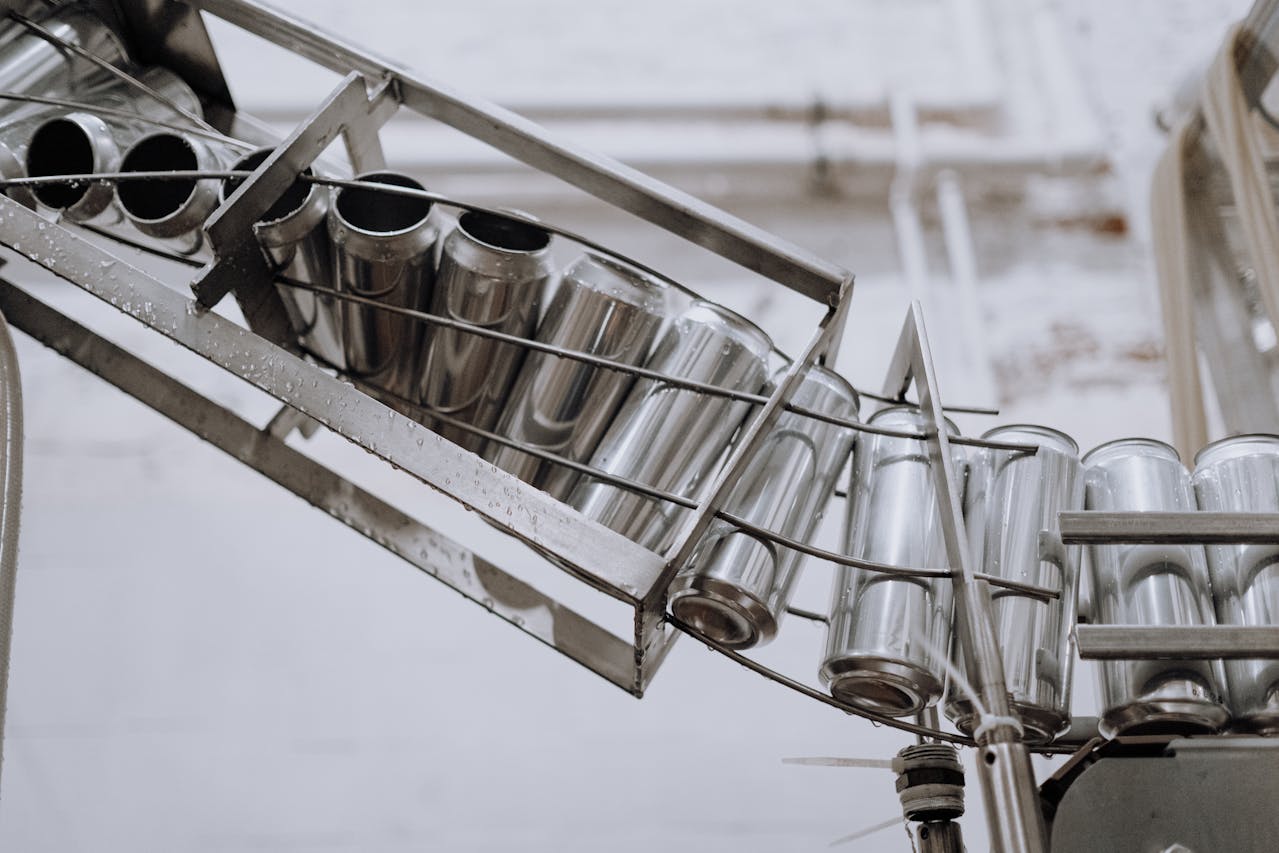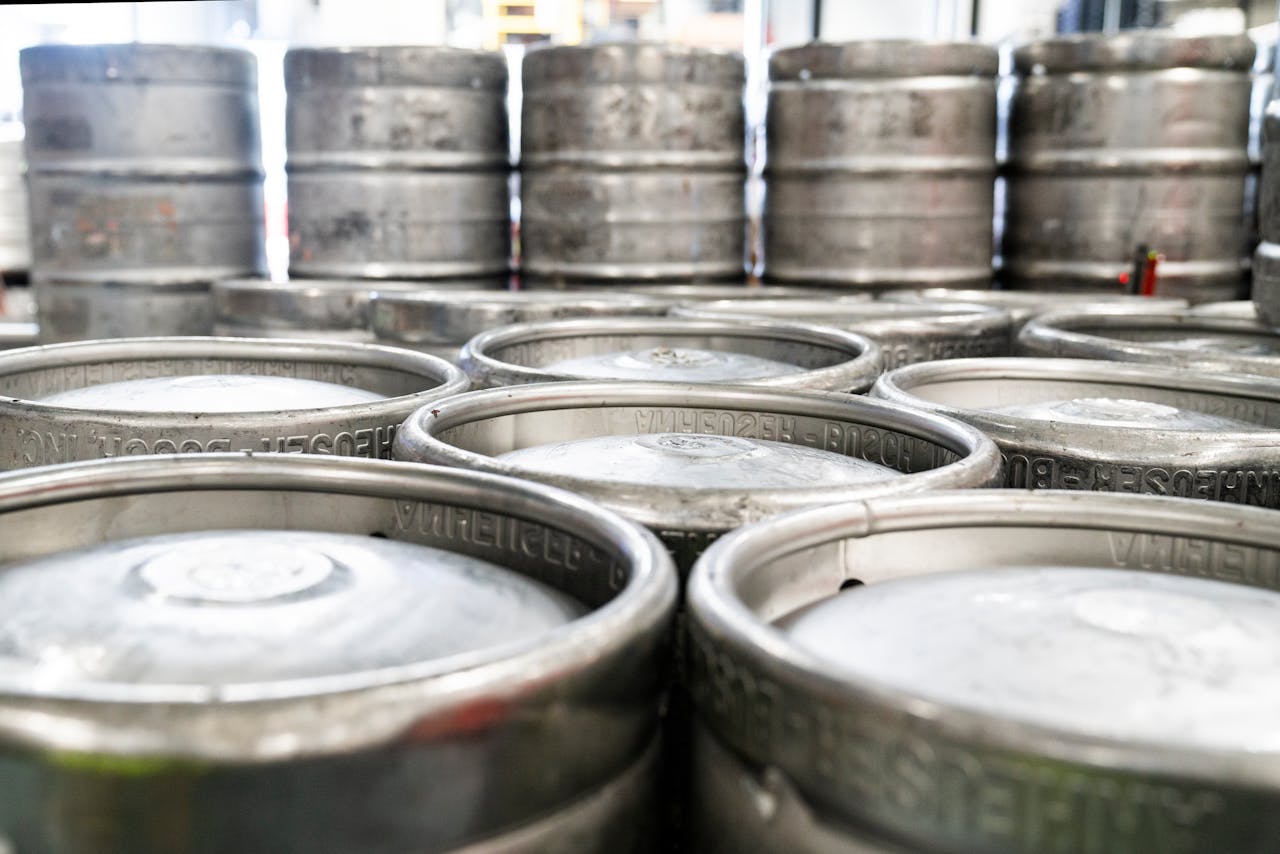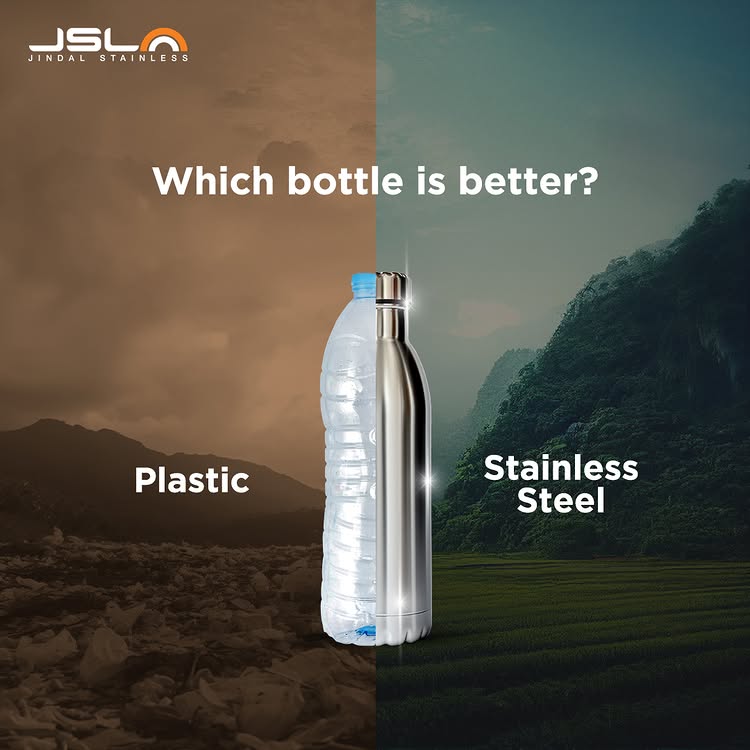A Simple Guide to the Hot Rolling Mill Process
July 17, 2025
The hot rolling process is a primary shaping method used in stainless steel manufacturing. It involves heating the alloy above its re-crystallization temperature and shaping it through rolling, resulting in strong and versatile stainless steel products. This guide will explain how the hot rolling process works, its applications, and the benefits it offers to various industries.
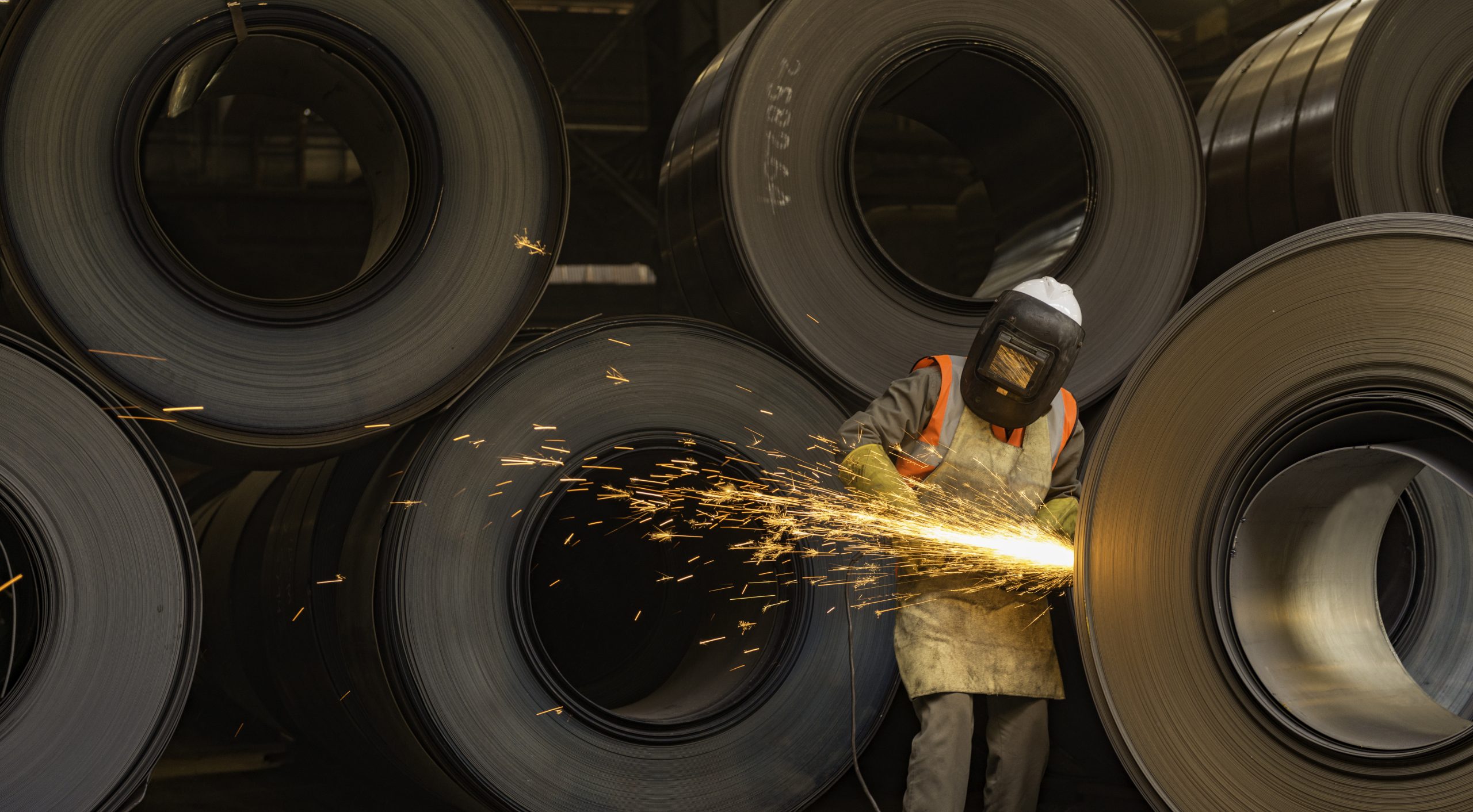
What Is the Hot Rolling Process?
The hot rolling process involves heating stainless steel above its recrystallization temperature, typically over 1100°C, and passing it through rollers to achieve the desired thickness and shape. The stainless steel becomes more malleable at this high temperature, allowing it to be shaped easily without cracking. Once rolled, the stainless steel is left to cool and solidify into its final form. This process is essential for producing large stainless steel sheets, plates, and coils.
The answer to what is a hot rolling process lies in its ability to produce high-quality stainless steel quickly and efficiently, with minimal surface defects and variations in thickness.
How Does the Hot Rolling Mill Process Work?
The hot rolling mill process consists of several key stages, each contributing to the shaping and finishing of the stainless steel.
Heating the Alloy (Reheating process)
The process starts by heating stainless steel slabs or billets to very high temperatures in a furnace. This heating ensures the alloy is above its recrystallization point, making it more pliable for hot rolling.
Hot Rolling Process
Once sufficiently heated, the stainless steel passes through rollers that apply pressure to reduce its thickness and form it into the desired shape. The thickness can be reduced in stages via the planning of rolling passes based on the specific requirements of each application.
Cooling the Rolled Alloy
After the rolling process, the stainless steel is left to cool in the open air or quenched in water depending on achieving the desired product properties. The type of cooling can impact the final properties of the alloy, such as strength and surface texture. The metal surface after hot rolling process results in a rougher surface compared to cold rolling.
Cutting and Coiling
The final step of the hot rolling mill process involves cutting the stainless steel to plates of specific lengths or coiling it for storage, transport, or further processing.
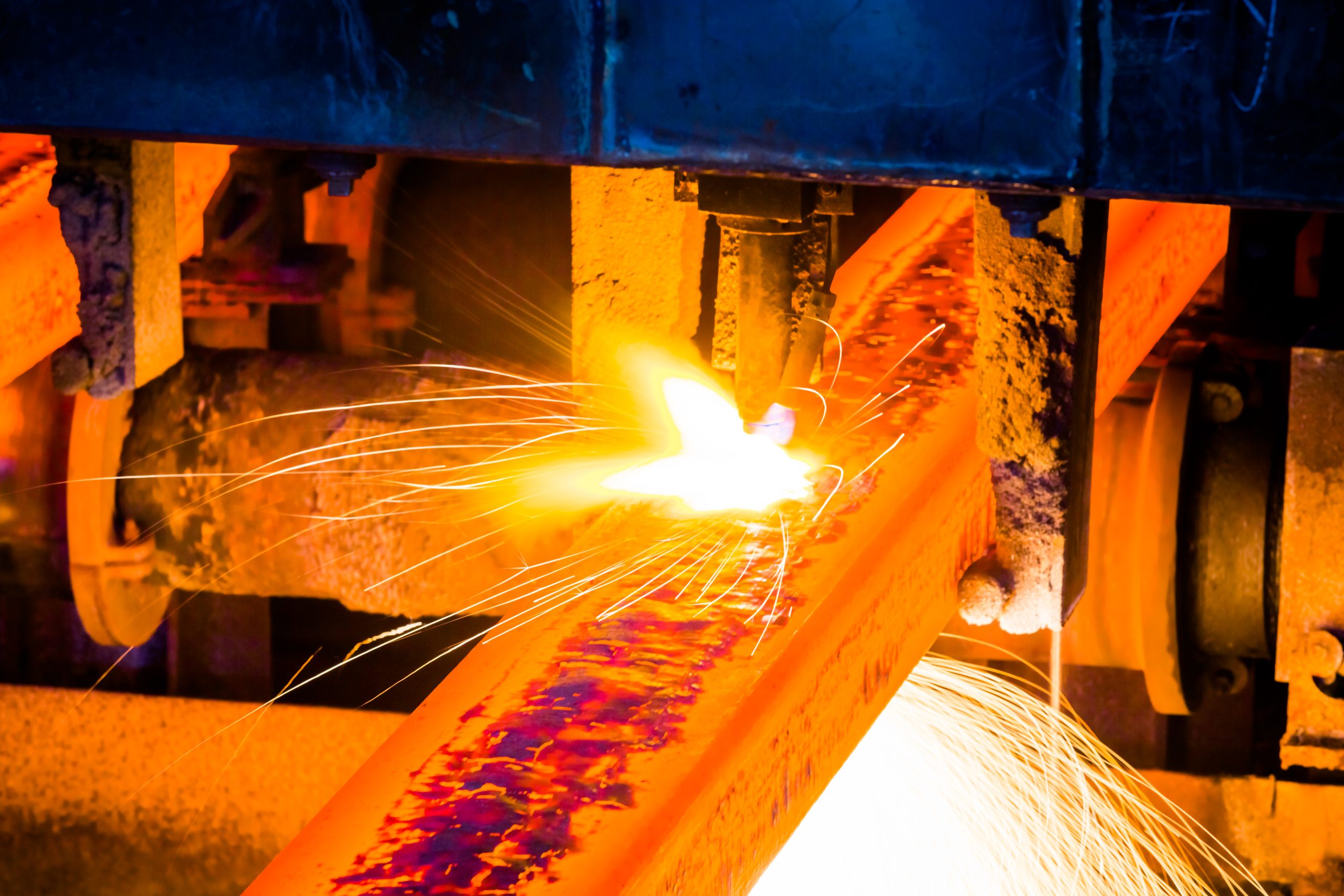
Why Is Hot Rolling Used in Stainless Steel Manufacturing?
The hot rolling process is widely used in stainless steel production for several key reasons:
Cost-Effectiveness
One of the main advantages of the hot-rolling process is its affordability. Hot rolling requires less precise machinery and energy than cold rolling, making it ideal for large-scale production.
Versatility
Hot rolling offers the flexibility to produce stainless steel in various shapes, sizes, and thicknesses, making it a versatile choice for manufacturers.
Structural Strength
Stainless steel produced through the hot rolling process have generally high thicknesses & retains high structural integrity, making it suitable for applications in construction and heavy industries where strength is critical.
Applications of Hot Rolled Stainless Steel
Hot-rolled stainless steel plays a significant role across multiple industries due to its strength and versatility.
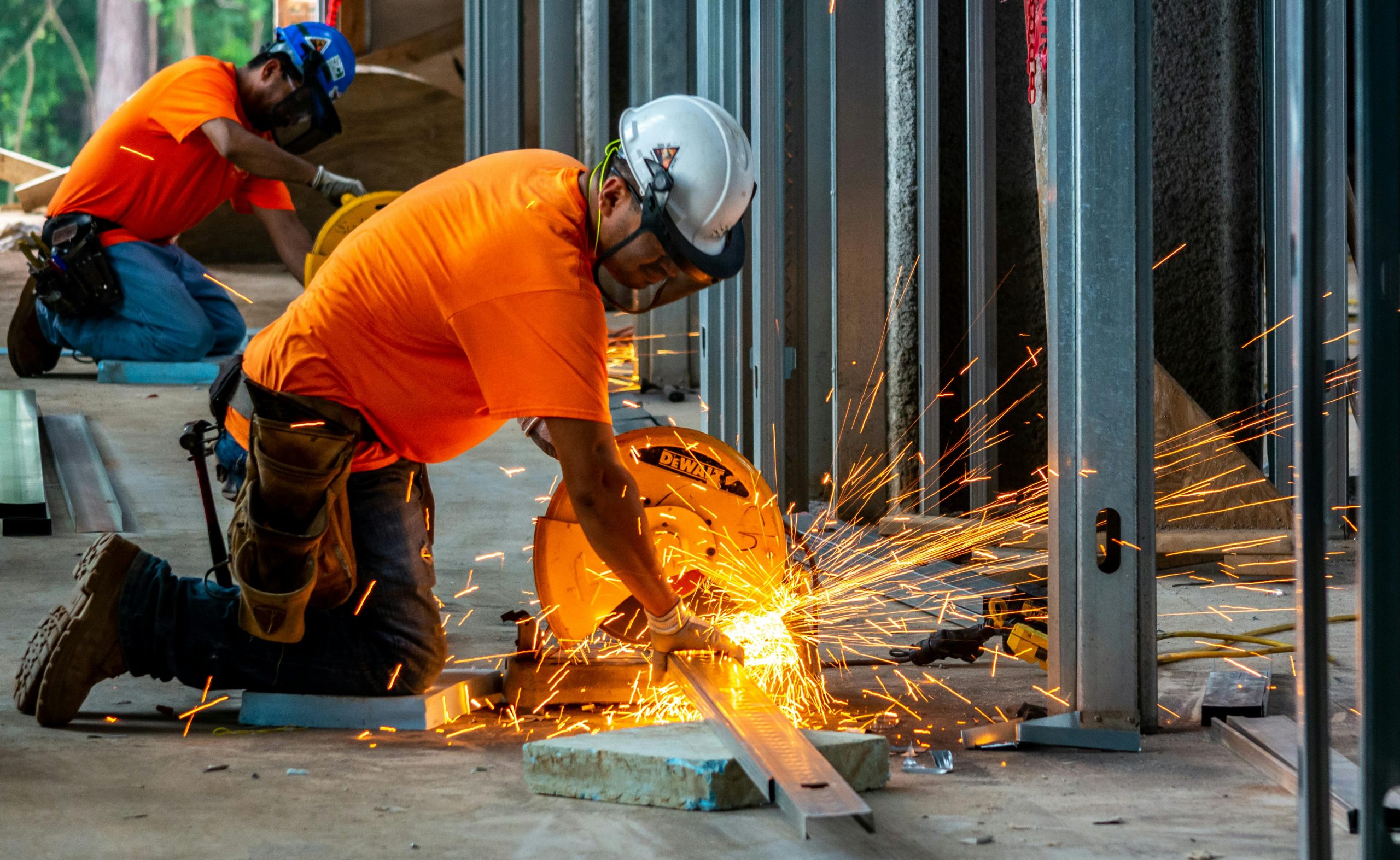
Construction
In the construction industry, hot-rolled stainless steel is used in structures, bridges, and infrastructure projects where heavy-duty materials are required.
Automotive Industry
The hot rolling process also supports the automotive sector by providing stainless steel for vehicle frames and various components that require strength and durability.
Shipbuilding and Railroads
Due to its heavy-duty properties, hot-rolled stainless steel is frequently used in shipbuilding and the production of railroad tracks, where durability under extreme conditions is essential.
The hot rolling process is vital to stainless steel manufacturing, offering cost-effective and versatile solutions for various industries. Hot-rolled stainless steel is indispensable in the construction of automotive and heavy machinery due to its ability to withstand heavy loads and maintain structural integrity. Whether you’re looking for strength, affordability, or large-scale production capabilities, the hot rolling mill process is key to meeting these demands.
